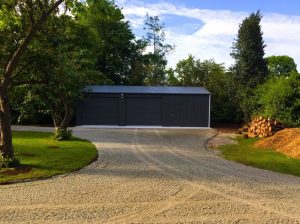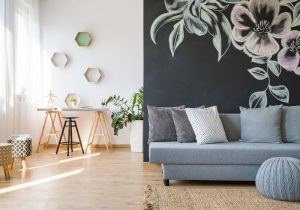
A garden room is a creative way to add multi-functional space to your property. In addition to being a place to relax close to nature, it can double as a gaming center, art studio, home office, or anything else you can think of.
Garden rooms also make it possible to enjoy the splendor of the outdoors not just on sunny days, but all year round. What’s more, they are often less expensive than a loft conversion or other extension projects.
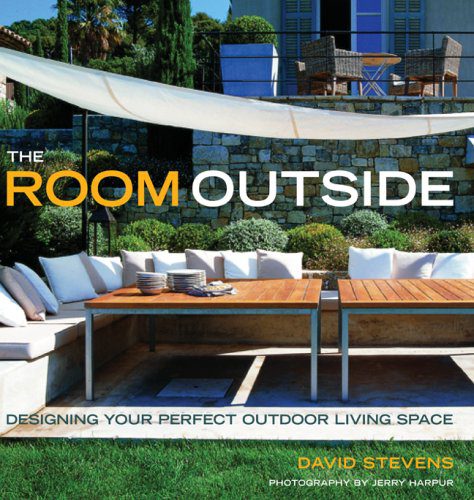
The great news is that even though they typically cost less, they can add substantial value to your home when done well.
Read on to be guided on how to design your very own garden room.
Guide to Designing Your Garden Room
Planning
Planning your garden room is a crucial first step to ensuring it meets your needs and complements your home’s landscape. Like any significant project, the planning stage involves several important considerations—from the positioning and foundation to the functionality of the space. Here’s how to plan effectively:
Select the Ideal Location
Choosing the right spot for your garden room is paramount. You’ll want a location that not only fits seamlessly into your garden but also captures the right amount of sunlight based on your needs. Whether you’re looking for a sun-drenched area to bask in the morning light or a shaded retreat for the afternoons, the placement significantly impacts the comfort and usability of the space. Ensure that the chosen spot is accessible, making it easier to bring in construction materials and later, to utilize the space effectively without any hassles.
Consider the Size and Orientation
The dimensions and orientation of the garden room should be tailored to the size of your garden and how you intend to use the space. This could range from a cozy nook for reading to a larger area designed for entertaining guests. Orientation is equally critical, especially if you aim to utilize natural light—south-facing structures generally receive the most daylight. By aligning the structure optimally, you can enhance the energy efficiency and ambiance of your space.
Build on a Strong Foundation
A sturdy foundation is crucial to prevent future structural issues such as shifting, cracking, or moisture ingress. Depending on your garden room’s size and purpose, foundation options can vary from simple gravel bases to more robust concrete slabs. A proper foundation ensures durability and the longevity of your investment.
Incorporate Necessary Utilities
Considering how you will extend utilities to your garden room will add functional value. Planning for electricity, heating, and internet access during the design phase can save you significant hassle and expense compared to retrofitting them later. These utilities make the space more versatile, allowing it to serve as a home office, a recreational area, or even a guest house. Insulation is another critical aspect; it ensures that your garden room is comfortable year-round, protecting against extreme temperatures and reducing energy costs.
By carefully planning these aspects, you can create a functional, comfortable, and aesthetically pleasing garden room that enhances your lifestyle and increases the value of your property.
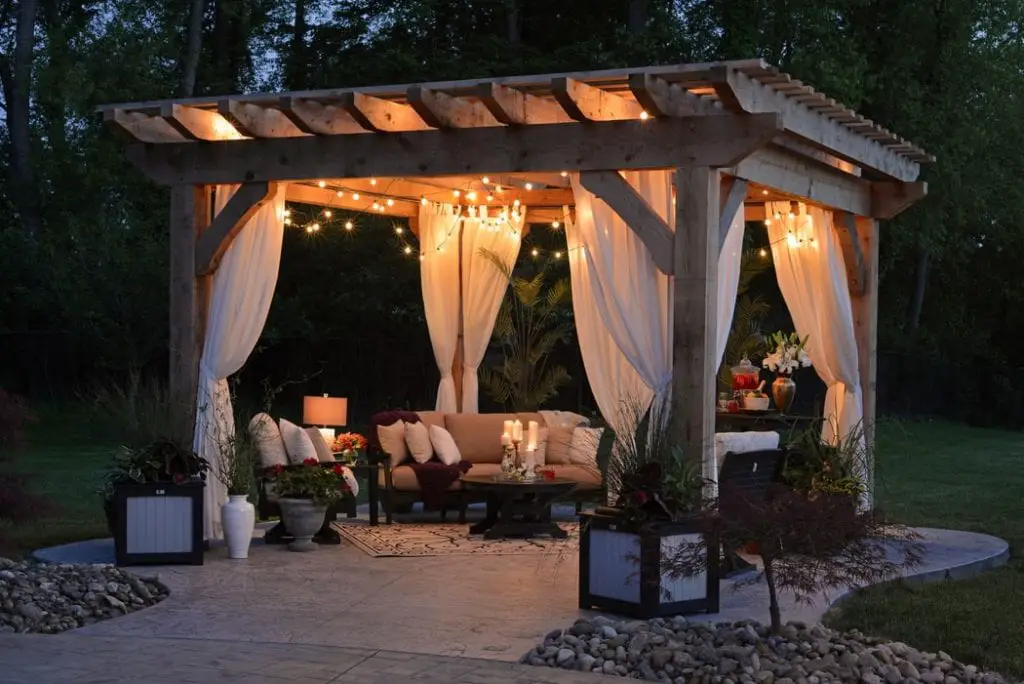
Permission
One important stage in building that homeowners frequently forget about is getting the necessary permits. Knowing when you need planning permission and how to get one guarantees that your project moves forward legally and in accordance with local rules.
This is how to successfully negotiate the permit procedure:
Know When You Need a Permit
Though it’s not necessary for every building project, find out whether yours does. Size, intended use, and closeness to neighboring structures can all affect whether or not a permit is required for various auxiliary facilities, such as studios or sheds. Personal-use buildings, such as yoga studios or hobby rooms, may have more relaxed regulations. It is always advisable to approach cautiously and check, though.
Understand Local Regulations
One place may have rather different building rules than another. As long as single-story buildings satisfy specific requirements including size restrictions and boundary setbacks, most municipal councils accept their construction without requiring a lot of paperwork. Many times, these rules are created to make sure that buildings don’t damage the neighborhood or violate the rights of neighbours.
Consult with Your Local Council
Speaking with your local council directly is the safest way to grasp and adhere to local building regulations. They may offer particular advice suited to your project and area, assisting you in determining what permissions you might need, how to apply for them, and any possible problems you could run across. This consultation might save your project from expensive errors or delays.
Making these preparations safeguards your investment in your property and guarantees adherence to local regulations. Securing the required authorizations protects you from possible legal issues resulting from building operations that are not authorized.
Foundation
Any structure’s lifespan and usefulness depend heavily on its foundation. A strong foundation shields a building from ground moisture and structural movements that could cause harm in addition to supporting its weight. Here’s how to make sure your foundation is set up correctly:
Importance of a Strong Foundation
Stability and endurance of your building’s foundation primarily define its quality. Many problems, such sinking, cracking, and water damage, which are costly to repair and endanger the safety of the building, are avoided by a well-built foundation. A building that melds with the surroundings of your home in particular needs a solid foundation.
Types of Foundations for Longevity
The weight of the structure, the kind of soil, and the climate can all influence the kind of foundation to be used. Traditional choices include of:
- Brick Slab: Usually, the reasons foundations are employed are their longevity and moisture resistance. One common option is a concrete slab, which distributes the weight of the building above it equally.
- Pier and Beam Foundations: In order to shield the building from soil moisture and insects, this kind is raised above the ground on piers. Particularly helpful are regions with unstable soil or a history of flooding.
- Crawl Space Foundations: This kind, like pier and beam, permits some room between the ground and the building. Crawl space foundations can be advantageous for insulation and utility access.
Consulting with Professionals
While many companies that provide garden rooms include the cost of the foundation in their pricing, it’s important to discuss the specific type of foundation they plan to use. Consulting with your builder or a structural engineer can provide peace of mind that the foundation type chosen is suitable for your location and the structure’s purpose. This step ensures that your investment is secure and that the foundation provides the necessary support and durability.
A well-planned foundation is essential for the stability and longevity of your structure. It not only supports the physical structure but also provides a critical barrier against environmental elements. Ensuring that your foundation is built correctly is the first step toward enjoying a durable and safe space.
Utilities
Talk with your electrician about how you plan to use the room, so they can put in the right amount of light fittings and sockets.
There’s also a growing trend to install solar panels on the roof of the garden room so you can go totally off-grid.
Electricity and network cabling for internet access from your main house can be extended to the garden room through armored cables. Internet may also be possible via Wi-Fi. Your electrician should be able to guide you.
Discuss things with your plumber as well, as they can determine the best way to install a water source and to get rid of waste water.
For heating, you can use a digital thermostat and insulation boards. You may also opt for a wood burner, or even an air source heat pump, which uses renewable energy.
You can also extend a gas central heating system from your home, but this is only economically efficient if the garden room is close to the main house.
Maintenance
Once the room is set up, all that’s really left to do is enjoy it and keep doing any required maintenance every once in a while.
Since it’s situated outdoors, the garden room is likely to catch more dirt than is common. This can easily be remedied by wiping down the exterior walls with warm soapy water once a year.
Timber exteriors and walls will also need a fresh coat of paint once every few years to maintain the integrity of the wood.
To prevent rot or any kind of damage from setting in, keep the perimeter around the base of the building clear of leaves and long grass.
ENJOY!
Outdoor spaces have really grown to be more than just something people want for occasional use.
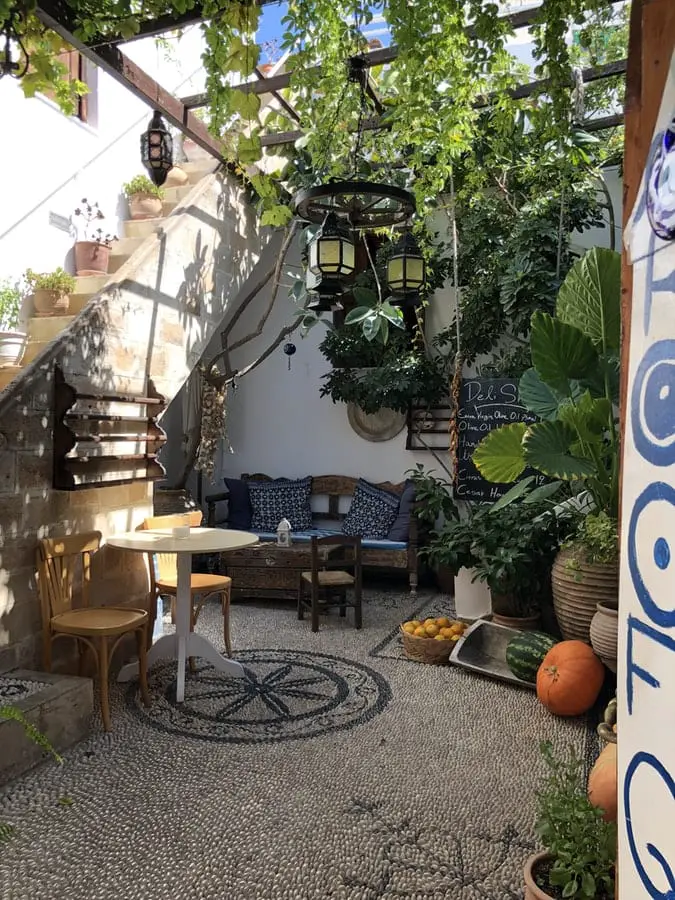
With constant exposure to technology that keeps us indoors, it’s normal that people crave spaces that blur the distinction between inside and out.
Garden rooms are not exclusively for personal use, either. Many homeowners find that the room is a convenient place for elderly parents who want independence but can still be easily reached should they need support. Grown children returning from university can also make use of the space while they are transitioning into finding a place of their own.
The best part is that a garden room can be as simple as you desire, consisting of just wood and a bit of paint, or as grandiose as a sleek modern building that makes an architectural statement.
Here’s a bit of inspiration to get your plans underway…



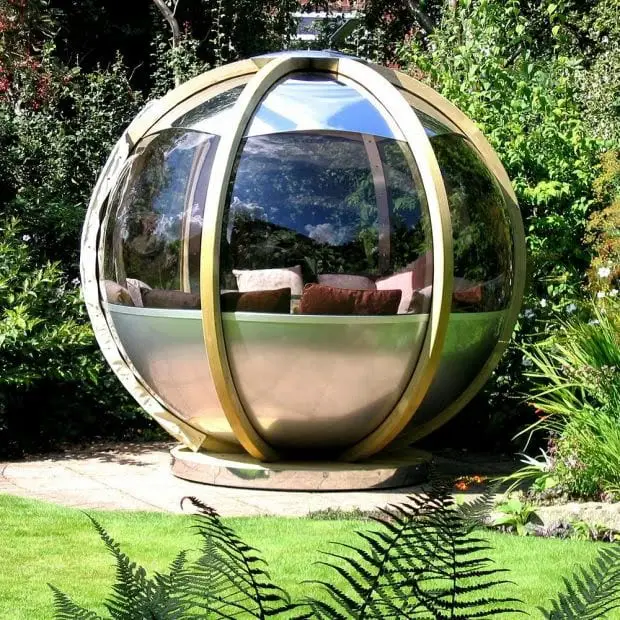



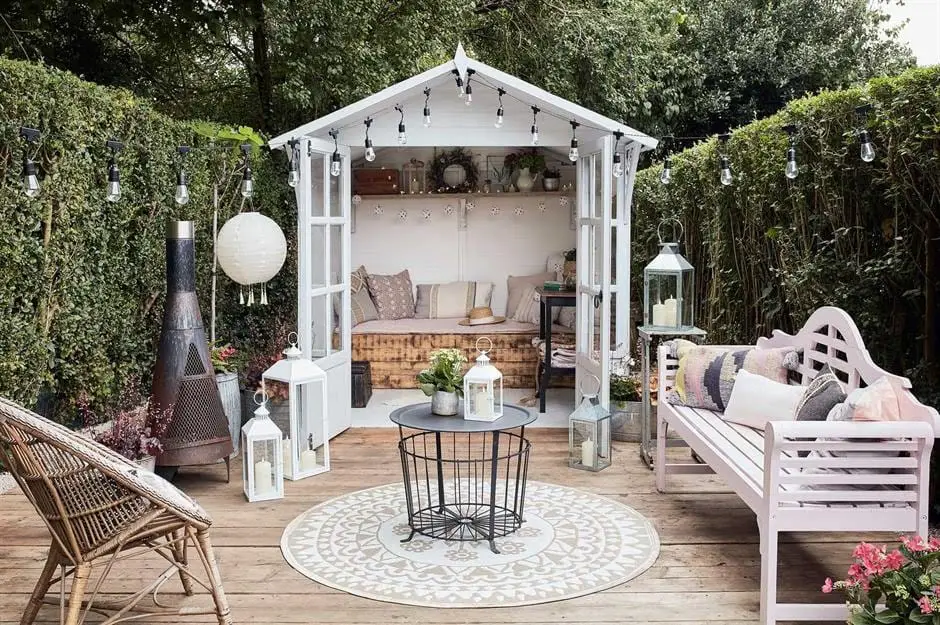


Have you been thinking about adding a garden room to your home? Check out our garden sink ideas to add more functionality to your outdoor area next!

